A simple experiment, which determines the amplitude of the signal recorded from the microphone. The amplitude is uncalibrated and has an arbitrary offset, but it can be calibrated by using a known reference signal. (You will find further informatiaon in the actual experiment.)
Topic: Acoustics
Calculates the autocorrelation of audio signals recorded with the microphone. The frequency of the signal is given, which only works reasonable for single-frequency signals.
View 10 ms segments of the raw audio data recorded by the microphone with oscilloscope-like edge triggering.
Calculates and displays the FFT of audio from the microphone. The strongest frequency is given as well.
Use the microphone do determine a Doppler shift from a given base frequency. Continue reading “Doppler effect”
Continuously determine the frequency recorded by the microphone and plot a history of this frequency over time.
Please accept YouTube cookies to play this video. By accepting you will be accessing content from YouTube, a service provided by an external third party.
If you accept this notice, your choice will be saved and the page will refresh.
Turns your phone into a sonar to either measure distances or determine the speed of sound.
Please accept YouTube cookies to play this video. By accepting you will be accessing content from YouTube, a service provided by an external third party.
If you accept this notice, your choice will be saved and the page will refresh.
Using the acoustic stopwatch you can determine the speed of sound with two phones and a tape measure.
Generates a sine tone of a given frequency and outputs it through the speaker.








